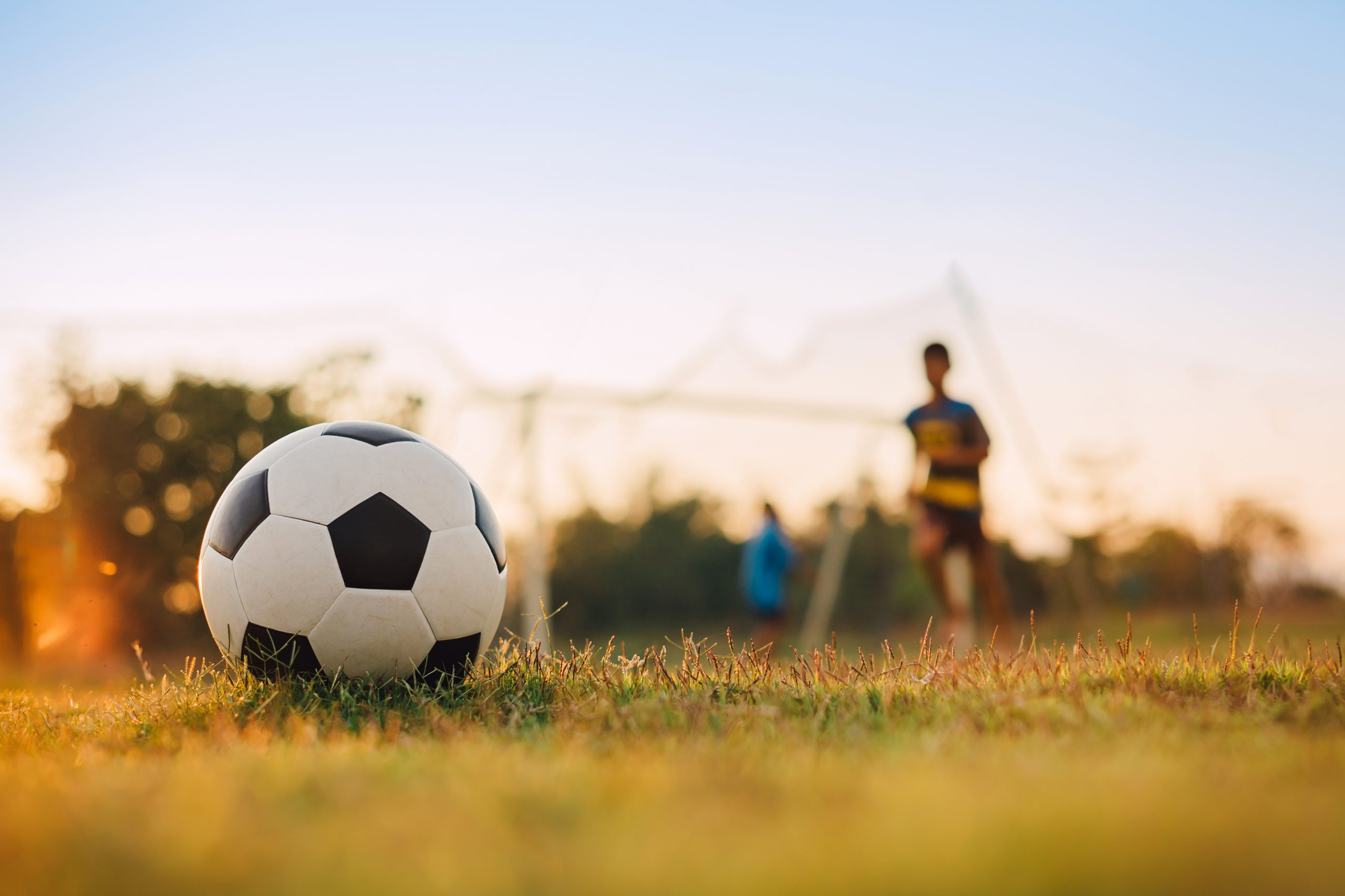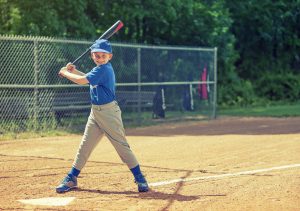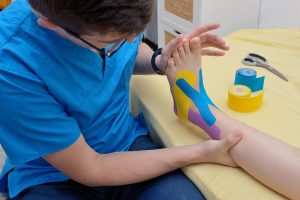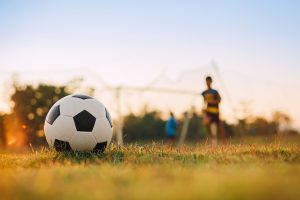
05 Aug 7 Things to Do if Your Kids Play Sports
Sports can be a great healthy outlet for kids; a way to learn about sports and sportsmanship, stay healthy and active, make new friends, and have fun. Although there are many positive benefits to youth sports, there can be a downside, too. Although kids tend to heal fast, bounce back quickly, and often have fewer injuries than older players (remember how easy it felt to recover when you were young?), that doesn’t mean that kids don’t get injured at all. In fact, the rate of youth sports injuries has been on the rise since 2007.
One reason for the rise in kids with injuries is the dominance of the single-sport athlete. In generations past, kids would change sports with the season: soccer or football in the fall, basketball over the winter, baseball or tennis in the spring, etc. The current sports model doesn’t much allow for multi-sports athletes. Fall soccer gives way to winter soccer camps, which becomes pre-season lessons, which lead into spring soccer, which move right into summer soccer camps – and many sports use this same pattern.
Although many young players practice hard and work to perfect their skills, the constant stress on an immature musculoskeletal system can take a toll. From sprains and strains to injuries that more commonly plague older players, young athletes may find themselves suddenly unable to play due to injury – with worried parents looking for answers.
The fact is, overuse injuries in kids have grown more common. Last year, according to a variety of sources, the pandemic itself also contributed to a higher than usual number of sports injuries in young players. Seasons shrank and kids found themselves playing back-to-back games, unable to get proper rest. The young bodies weren’t capable of supporting the athletic burdens placed on them. When seasons were slashed by quarters or even in half, injuries spiked in a demographic already showing higher than usual injury rates.
Some young athletes have already faced limiting injury or surgery before high school; with kids wanting to play and parents wanting to help, what’s a worried parent to do? From a practice that treats patients of all ages and activity levels – and sees plenty of young athletes every year – here are our tips:
- Take a break: Don’t just suggest your kids take a break, encourage it. Maybe you’re raising the next LeBron or Michael or Simone – but even if you are, your star athlete will reach far higher levels if they’re healthy than if they’re burned out and battling chronic pain and injury. So skip that summer camp and go camping instead.
- Don’t force solo sports early: You may want your kids to play the game you loved in school, but your kids might be better at baseball or volleyball. Let kids experiment and try other sports, and encourage playing more than one sport a year.
- Encourage play for its own sake: The vast majority of kids who start sports early burn out by late middle school to early high school. Pressure from parents and coaches can definitely contribute to your kiddo hanging up the cleats. Let your kids play for the love of the game, especially when they’re younger. Kids who are playing for fun and not as stressed may be less likely to overdo it and end up injured.

- Make a PT part of your arsenal: Physical therapy isn’t just for post-surgical exercises. A physical therapist can be invaluable in both helping treat an already injured student athlete and in helping with injury prevention in young athletes. They’ll know what age-appropriate stretching and strengthening can help your favorite player stay in the game – and tell you what to watch for this season.
- Don’t rush to return: We all know that coworker with the knee that acts up or the friend with the bad shoulder, all left over from high school sports. You want to be sure that your young player doesn’t end up with a lifelong chronic injury, so visit your PT (the one you already established) for guidance after any injury and follow their advice for returning to sports.
- Value prevention over treatment: Did you know that girls in soccer have a much higher risk of ACL injury? How about that once you’ve had one ACL surgical repair you’re more likely to need other surgical intervention? Your child’s PT knows! They can work with you and your athlete to help identify and correct improper movement patterns, as well as strengthen surrounding muscles to support the knee. You’d rather see us sooner than later (although we’re always happy to help).
- Recognize injury warning signs: Does your child complain of pain keeping them up at night? Pain at rest? Is the pain affecting how they move? Has it lasted longer than a few days without improvement? If you’ve answered yes to many or most of these, your child should be evaluated by a pro.
You may not be able to block every shot when it comes to injury and your young athlete, but by taking precautions and working with the pros when you need it, you can help your kids stay healthy and active. Want more resources? Visit our Virtual Programs page, where you’ll find programs for Running and Golf.
Questions or need to talk to someone about your little MVP? Call or click today! Body One is locally owned and operated, with three locations serving Central Indianapolis: North Meridian, Fishers, and Zionsville. Let us help you make this sports season happier and healthier – contact us today.









